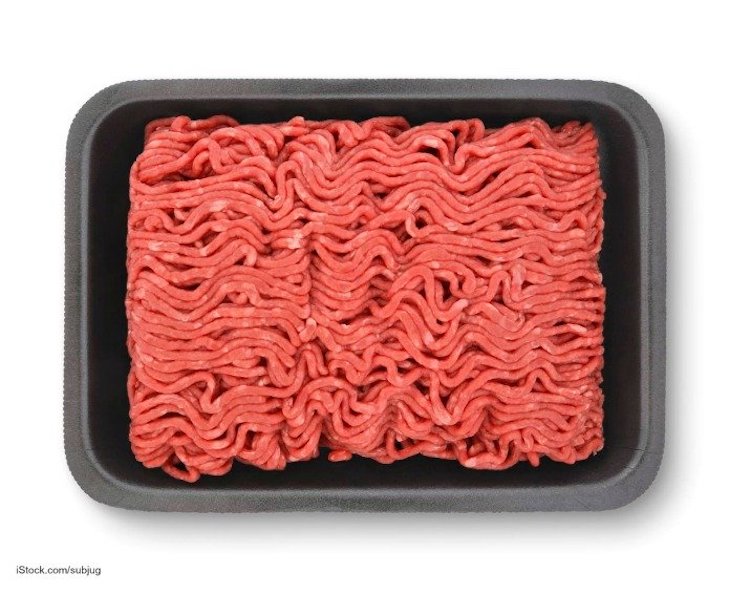People who are familiar with food poisoning outbreaks are used to linking ground beef to E. coli illnesses. And it is true that there have been four multistate E. coli outbreaks linked to ground beef since 2013. But did you know that Salmonella outbreaks linked to ground beef are fairly common?

E. coli, especially E. coli O157:H7, lives in the guts of cows. The animals don’t get sick from that pathogen. When the cow is slaughtered, the bacteria can escape from the guts and contaminate the meat. When the meat is ground, the pathogen is mixed all through it. Then when burgers are made from that beef and are not fully cooked to 160°F, pathogens can remain active and will cause illnesses.
Recognizing that this product can be contaminated with Salmonella, the USDA proposed changes to the Salmonella verification testing program, with new pathogen reduction performance standards for the pathogen. That program was announced last October, before the pandemic.
The USDA plans to post individual establishment performances this October, and they will increase Salmonella sampling to once a week in beef establishments that produce more than 50,000 pounds of raw ground beef and beef trimmings per day. These samples will also be teated for E. coli O157:H7 and the big six non-O157 pathogens.
This is a history of Salmonella outbreaks linked to ground beef since 2013:
– In 2013, a Salmonella Typhimurium outbreak linked to ground beef produced by Jouni Meats and Gab Halal Foods sickened at least 22 people in 6 states. Seven people were hospitalized because they were so ill.
– An unannounced Salmonella Newport outbreak in 2016-2017 sickened 108 people in 21 states. Forty two people were hospitalized; and one death occurred. The CDC discovered 20 ground beef suppliers belonging to at least 10 corporations through traceback, but they were not named. The outbreak strain was isolated from four New Mexico dairy cattle.
– In 2018, a Salmonella Newport outbreak linked to JBS Tolleson ground beef sickened at least 403 people in 30 stats. One hundred seventeen people were hospitalized. More than 12 million pounds of ground beef were recalled as a result of this outbreak.
– In 2019, a Salmonella Dublin outbreak linked to Central Valley Meat Stater Bros. ground beef sickened at least 13 people in 8 states. Nine people were hospitalized, and one person sadly died. In six of those patients, Salmonella was found in the patient’s blood, which indicates that the illness was more severe. Salmonella Dublin causes more severe illness than other strains. Not all of the cases in this outbreak were linked to the Stater Bros. product. A single supplier, distributor, or brand was not identified that could account for all illnesses.
Studies have shown that there is long term persistent Salmonella contamination in dairy cows. And Salmonella Dublin, which causes more serious illness in people, is a host adapted serotype in cattle and can establish lifelong infection in the animals. The animals can get sick from this pathogen, and will shed the pathogen intermittently.
Noted food safety attorney Fred Pritzker, who has represented many clients in lawsuits against food producers, processors, grocery store chains, and restaurants, said, “Everyone who cooks ground beef should be made aware of these risks from Salmonella and E. coli. Cooking the meat to 160°F is the only way to ensure the product is safe to eat.”
The best way to protect yourself and your family is to stay aware of USDA recalls and outbreak announcements from the Centers for Disease Control and Prevention (CDC). In addition, handle ground beef carefully and cook it thoroughly before serving.
Symptoms of a Salmonella infection include a fever, headache, nausea, vomiting, abdominal cramps, stomach cramps, and diarrhea that may be bloody. People usually get six a few hours to a few days after eating food contaminated with this pathogen. And there are long term health implications to contracting this infection. Even after fully recovering, some people experience high blood pressure, endocarditis, and reactive arthritis.

If you or a loved one have been sickened with a Salmonella infection, please contact our experienced attorneys for help at 1-888-377-8900 or 612-338-0202.




